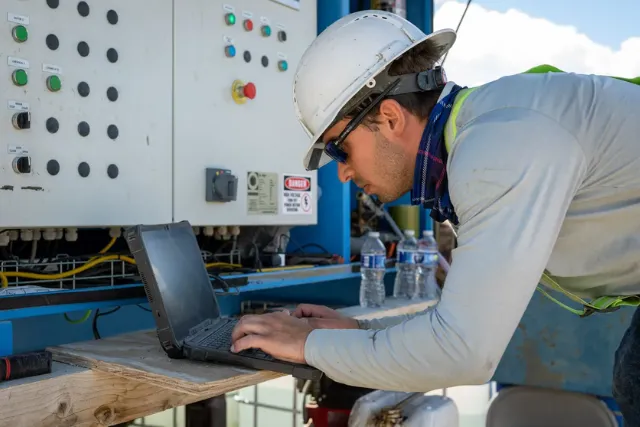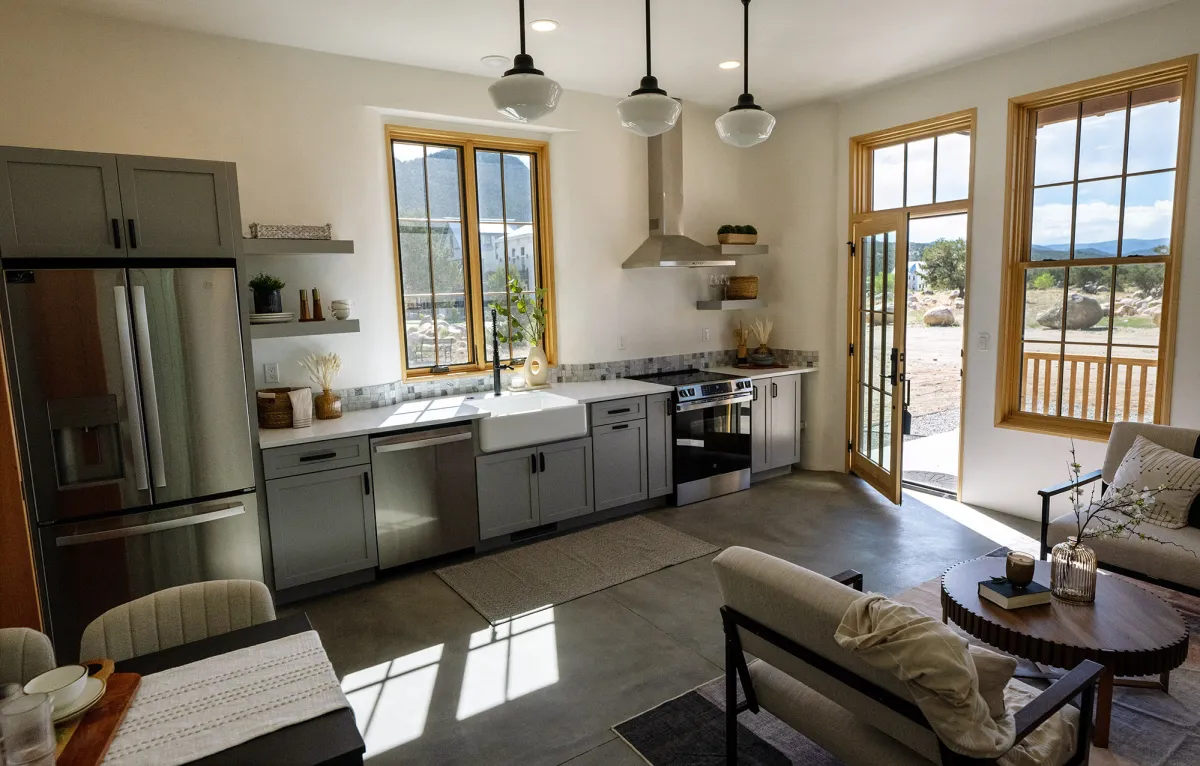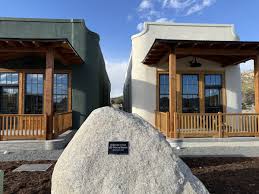
CHAFFEE COUNTY, COLO. — July 30, 2025 — A concrete printer the size of a small building hums to life in Cleora, just east of Salida, Colorado. Beneath it, the future of rural homebuilding might just be taking shape — one printed layer at a time.

VeroTouch, a Salida-based construction tech company, is pioneering 3D-printed homes in Colorado and hopes its Cleora community will become a blueprint for how to bring modern, more efficient housing to rural regions. The company, which built the state’s first two 3D-printed homes in Buena Vista earlier this year, is pushing forward with an ambitious plan to build 31 new homes at Cleora using both 3D concrete printing and structurally insulated panels (SIPs).
“We’re really pushing the boundaries a lot in 3D printing,” said Matt DePalo, Chief Operating Officer for VeroTouch, as he explained the system to local officials and investors during a recent site tour.
VeroTouch’s approach is about more than just the wow factor. On a warm July morning, an automated arm precisely laid down the fifth layer of a foundation form — work that DePalo said takes “one day and three guys,” about a fifth of the time needed for conventional foam forms. But as temperatures climbed from 58 to 80 degrees, workers scrambled to adjust.
“The temperature came up and the mixture is too dry,” DePalo said, shrugging off the glitch as part of real-world R&D. “Temperature change is one of the biggest challenges to this technology. We’re working on a weather system that can be integrated with the operation.”
For VeroTouch, technical hurdles come with the territory. Co-founder and CEO Grant Hamel says their mission is bigger than concrete printers alone.
“Our focus every single day is how we can get everybody into a home,” Hamel said. “It takes time. Compare it to electric vehicles — we’ve been working on that for 20 years. Housing is a tough problem to solve. We have to be holistic in our approach. We’re absolutely pursuing multiple technologies — robotics, automation, and streamlining the preconstruction process too.”
At the Cleora site, the company is experimenting with both 3D-printed concrete and SIPs, a modular technique praised for speed and energy efficiency. Together, these approaches help VeroTouch tackle two daunting challenges: lowering costs and standardizing repeatable, sustainable builds.
“The solution for this problem is standardization, using processes that are repeatable,” Hamel emphasized.

The Cleora development sits on historic ground once slated to become the railroad town of Cleora in the late 1800s — only to be abandoned when the Denver and Rio Grande Railroad won a route fight. Today, Cleora’s comeback is fueled by Chaffee County’s double-digit population growth and urgent need for new homes.
Hamel says VeroTouch wants to help meet that demand with homes priced from about $500,000 to $800,000 — under the county’s median of $650,000 — with long-term ambitions to push costs even lower as they scale.
So far, their track record is drawing curiosity. Two small 3D-printed homes in Buena Vista — Colorado’s first — were built in just 16 days. Both quickly went under contract at $625,000. Jerry Broskus, a retiree visiting from Florida, dropped by with his wife Nancy to peek inside.
“I like the floors,” Broskus said of the polished concrete finish. “This would be good for downsizing for an older couple. The younger generation is into smaller homes, too.”
Of course, 3D concrete comes with quirks — like how to hang pictures. “We have a system for that,” Jake Rishavy, VeroTouch’s Chief Communications and Growth Officer, reassured curious visitors.
At Cleora, VeroTouch’s giant COBOD printer has already produced one of the first 3D-printed two-story duplexes in the U.S. Next up are three side-by-side single-family homes using identical floor plans — saving programming time and cutting costs.
“We need to sell all that to the consumer,” DePalo said of the layered concrete aesthetic. “They’re pretty, buildable and strong.”
While the printer keeps rolling, foundations are being poured for the SIP homes on adjacent lots.
For VeroTouch, the Cleora community is more than just houses — it’s a live research lab for the “job site of the future.” The company plans to offer buyers not just homes but ongoing maintenance, landscaping, and support services.
“We will be here in the community and will be there for the product,” Hamel said.
As Colorado’s housing crunch deepens, VeroTouch hopes its bet on robotics, modular construction, and sustainability can help build a model — layer by layer — for how rural areas can meet the challenge of housing everyone who needs a place to call home.
Originally reported by Sue McMillin in Colorado Sun.